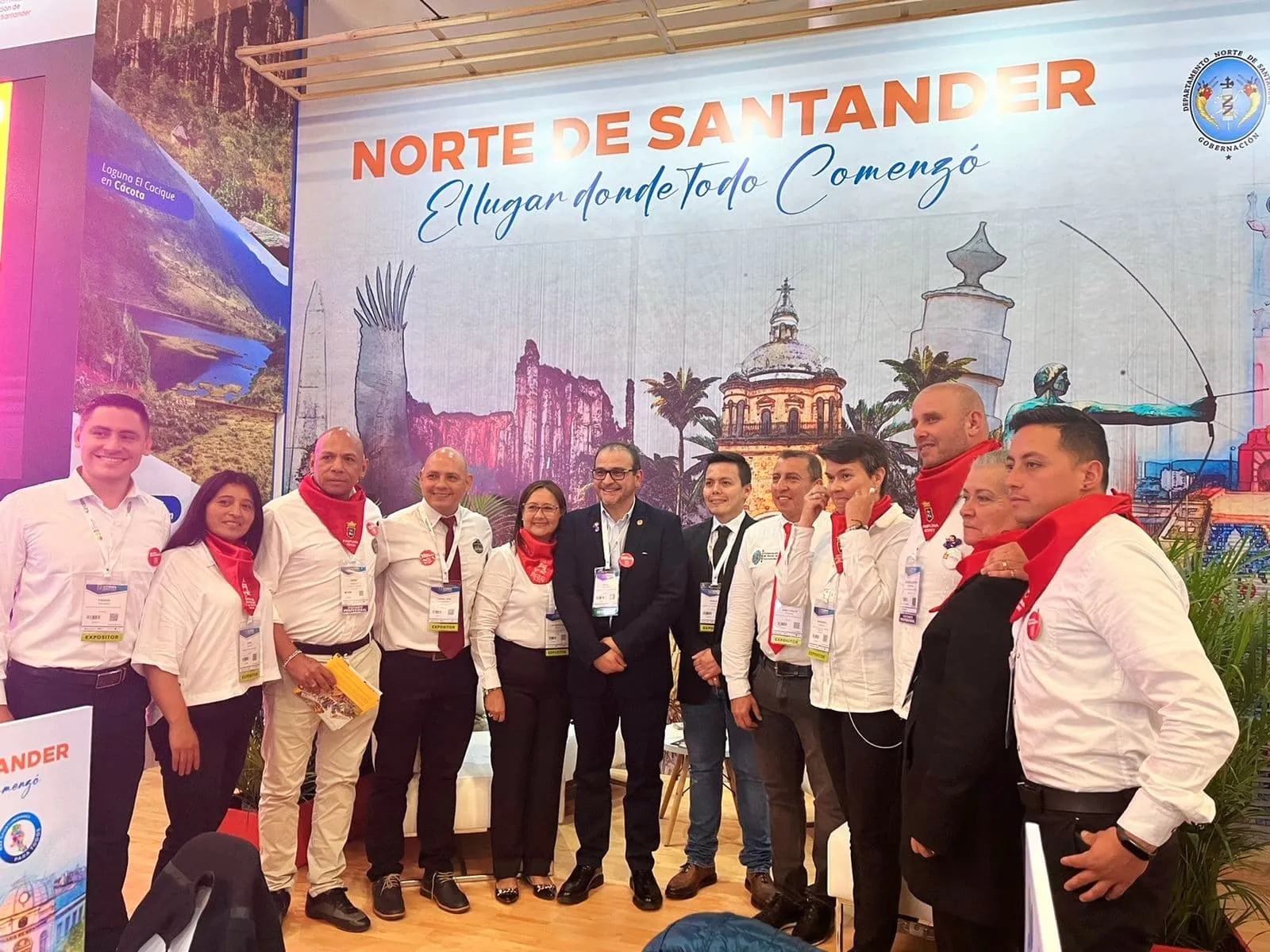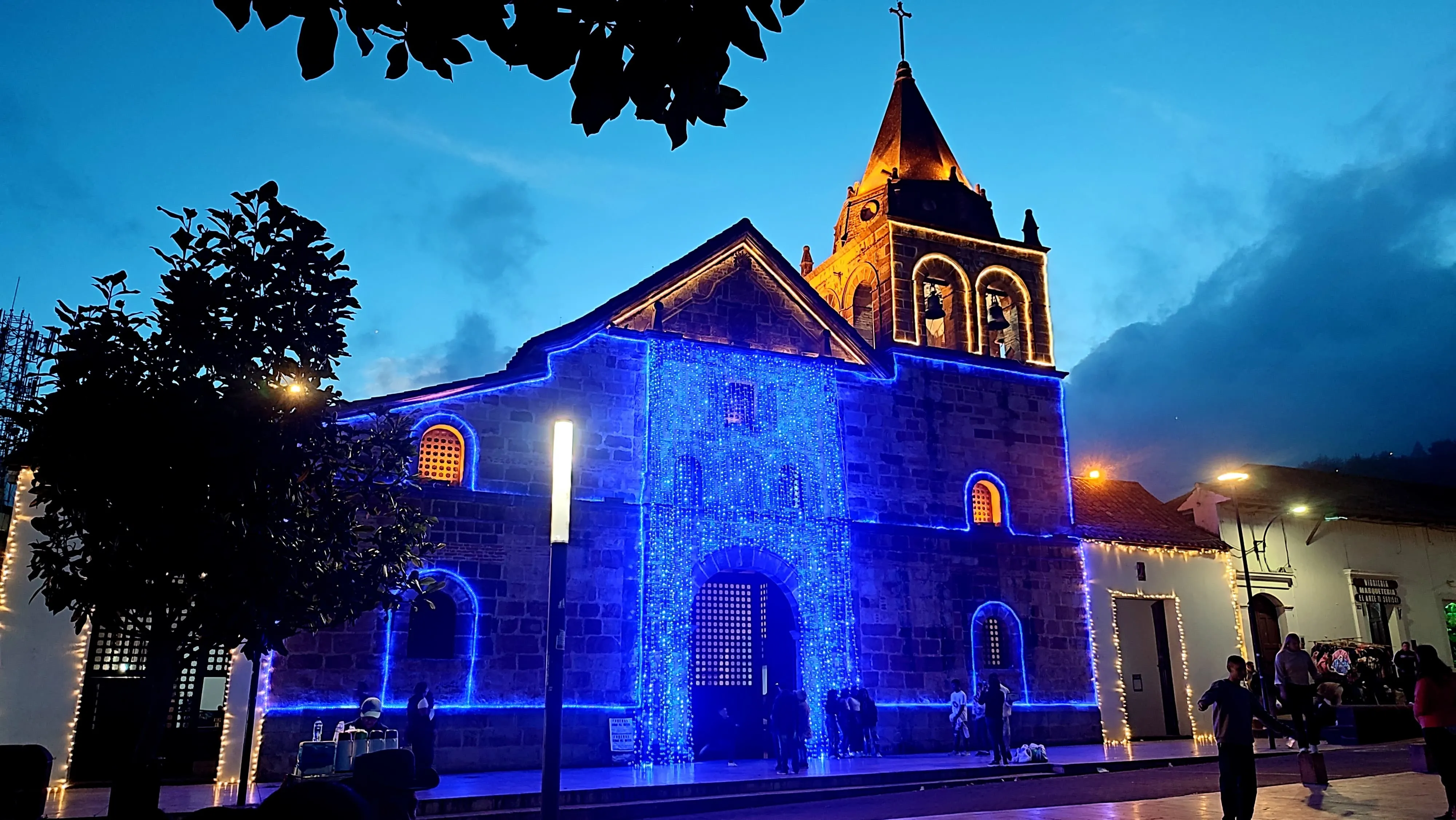Articles
The architectural and cultural heritage of Pamplona: living history in every street
.webp)
Walking through Pamplona is like traveling through time. Its cobblestone streets, colonial mansions and centuries-old temples turn this city into a living museum where every corner tells a part of the history of Norte de Santander and Colombia. Founded in 1549, Pamplona was not only the scene of social, political and religious processes of great relevance, but also consolidated an architectural heritage that today attracts travelers from all over the country.
Beyond being a tourist destination, Pamplona is a city that reflects the identity of a people that has preserved its memory without renouncing modernity. Its architecture, museums, squares and cultural life make it an obligatory stop for those seeking to immerse themselves in tradition and gain a close understanding of the region's historical legacy.
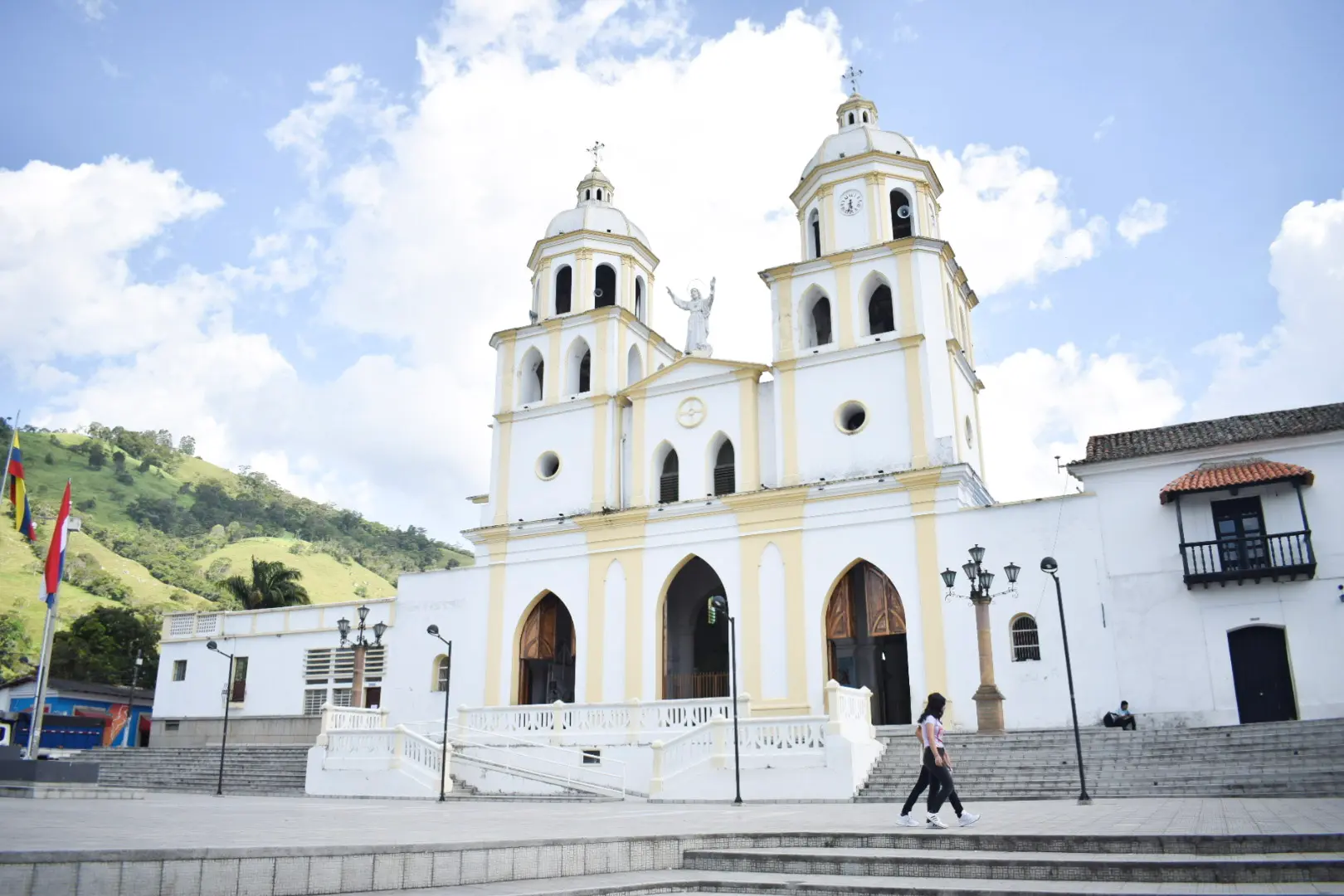

Churches and temples: traces of faith and art
One of the greatest attractions of Pamplona is its religious richness, visible in the temples that rise imposing in different parts of the city. The Santa Clara Cathedral, located in the heart of the historic center, is a symbol of the Catholic tradition that has marked the life of the community. Its neoclassical architecture, its stained glass windows and its solemn atmosphere invite to meditation, but also to admire its artistic beauty.
Another space of great importance is the Sanctuary of the Humilladero, a place that has been a point of pilgrimage and spiritual encounter for centuries. The simplicity of its construction contrasts with the symbolic strength it represents for the faithful and for the history of the city.
In Pamplona there are also churches such as San José and El Carmen, each with its own architectural style and stories that are intertwined with the urban and social development of the municipality.
Colonial mansions: memory in their facades
The historic center of Pamplona is full of large houses that preserve the essence of colonial architecture. Wooden balconies, clay tile roofs and large gates invite you to imagine what life was like in past centuries. Many of these houses have been restored to house cultural institutions, museums, restaurants or academic spaces, without losing the essence that makes them part of the collective heritage.
To walk these streets is to recognize how architecture becomes a witness to the passage of time. Each façade tells a story, and together they form an urban landscape that gives the city its identity. For visitors, walking through the historic center is like opening a history book illustrated with walls, windows and corridors.
Museums and cultural spaces
Pamplona not only preserves its architecture, but also offers cultural spaces that enrich the visitor's experience. The Ramírez Villamizar Museum of Modern Art is one of the most outstanding museums in eastern Colombia, housing works that connect tradition with contemporary artistic expressions.
There is also the Archdiocesan Museum of Religious Art, where you can appreciate colonial pieces, sculptures and liturgical objects that narrate the spiritual and cultural history of the region. These spaces make Pamplona a city where tradition dialogues with modernity, offering the traveler a diverse and enriching experience.
Squares and streets that narrate
The Plaza de Bolivar is another of Pamplona's iconic spots. Surrounded by colonial buildings and the Cathedral, it is a place where history, daily life and culture converge. Events are held there, social gatherings are held and the authentic atmosphere of the city can be breathed.
The streets surrounding the square, with its traditional stores, cafes and mansions, allow visitors to enjoy a quiet tour where every corner holds a detail worthy of being photographed and remembered.
Traditions that are still alive
Pamplona's cultural heritage is not limited to the material. Its festivals, processions and religious celebrations are part of an intangible legacy that gives life to the city. Holy Week, recognized for its solemnity and organization, attracts thousands of visitors every year, making it one of the most important expressions of faith in the country.
In addition, music, gastronomy and oral traditions complement this living heritage, making a visit to Pamplona much more than a visual experience: it is an encounter with the identity of a people that continues to value its roots.
Hotel Cariongo: living history from within
Staying in Pamplona is also having the opportunity to feel closely that heritage that is breathed in every street. The Hotel Cariongo, located in a strategic setting, allows visitors to enjoy the charm of the city and at the same time rest in a cozy space.
Its architecture combines modernity with respect for tradition, offering an atmosphere that reflects the essence of Pamplona. From here, travelers can start their tours to churches, museums, squares and colonial mansions, knowing that on their return they will find a comfortable and familiar place to recharge their batteries.
A city that is carried in the memory
Pamplona is a destination that captivates not only for its natural beauty and gastronomy, but also for its architectural and cultural heritage. Each temple, each mansion and each street become silent witnesses of centuries of history that are still present today in everyday life.
For the traveler, getting to know Pamplona is much more than visiting a tourist site: it is getting to know a city that has preserved its essence and offers unique experiences in every corner.
At Hotel Cariongo we invite you to discover this living history, to walk its streets and let yourself be carried away by the charm of a city that is kept in the heart. Because between mountains and traditions, Pamplona will always have a story to tell.







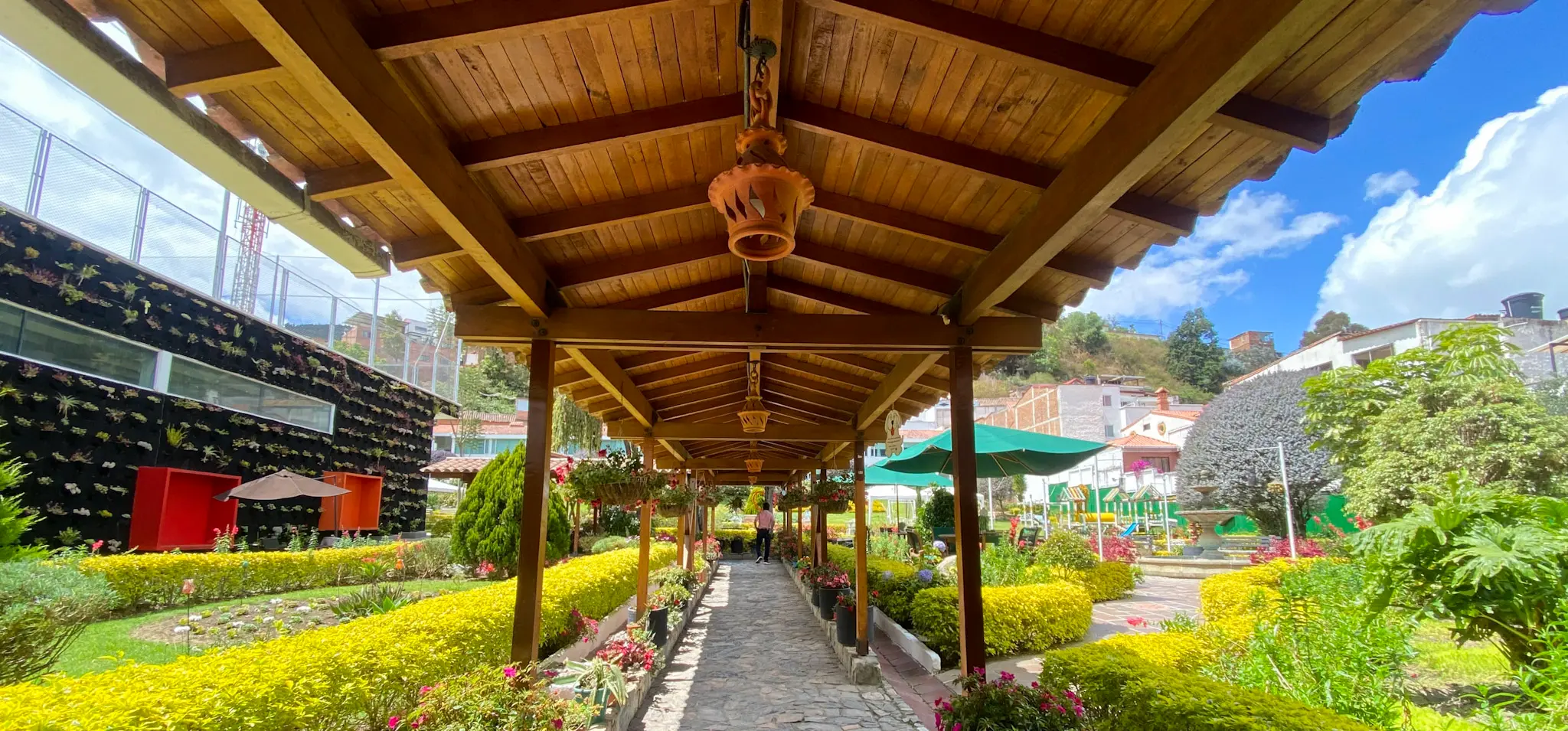
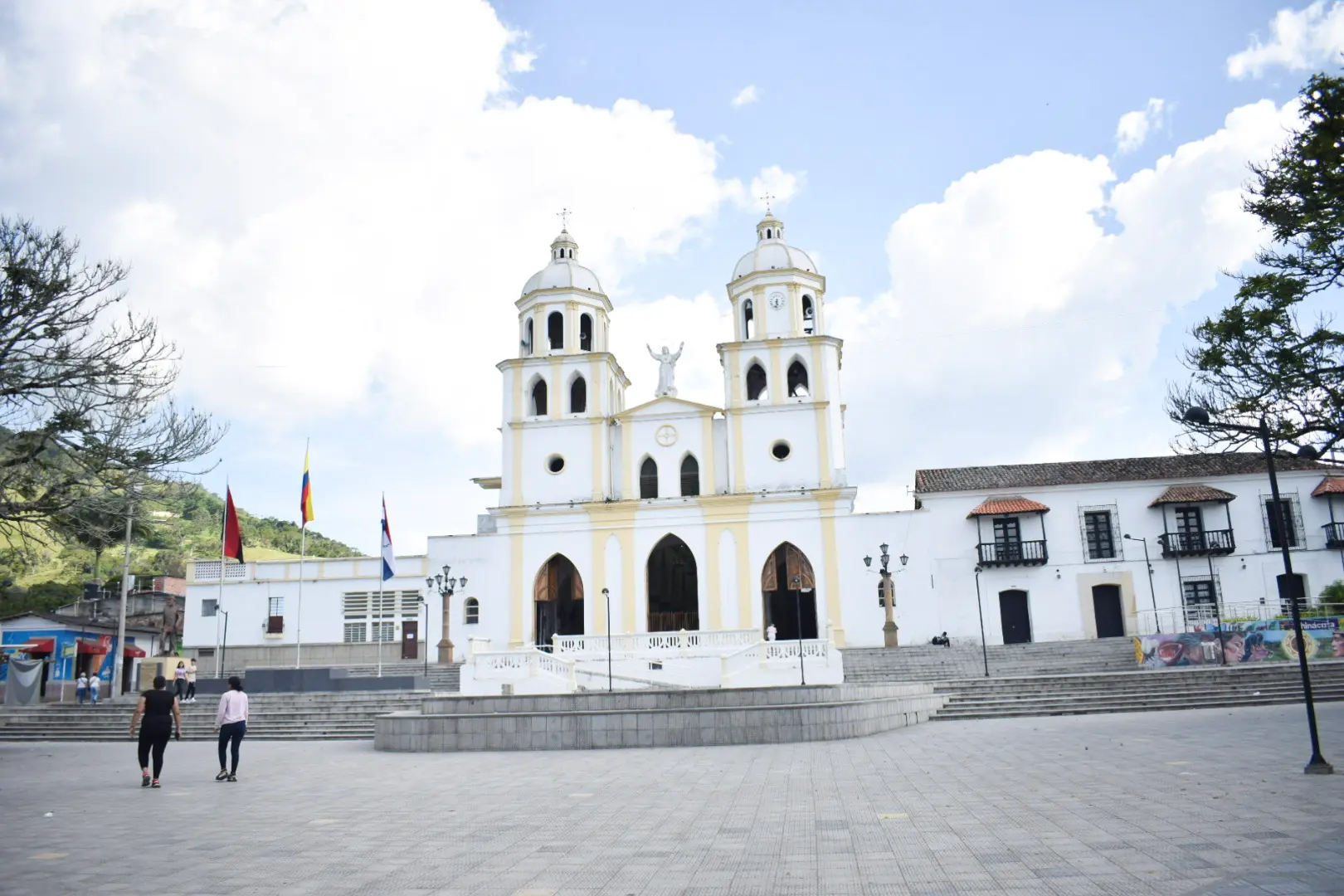
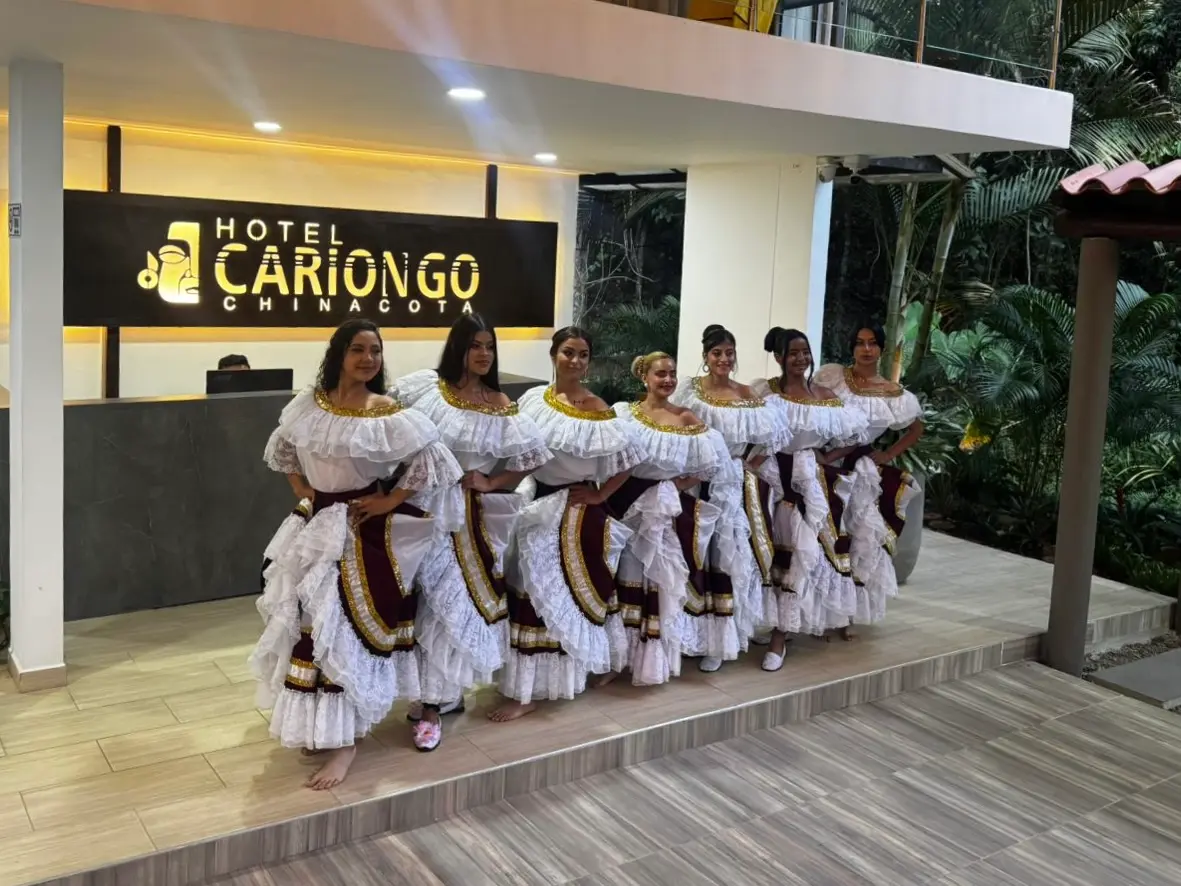

%20(1).webp)
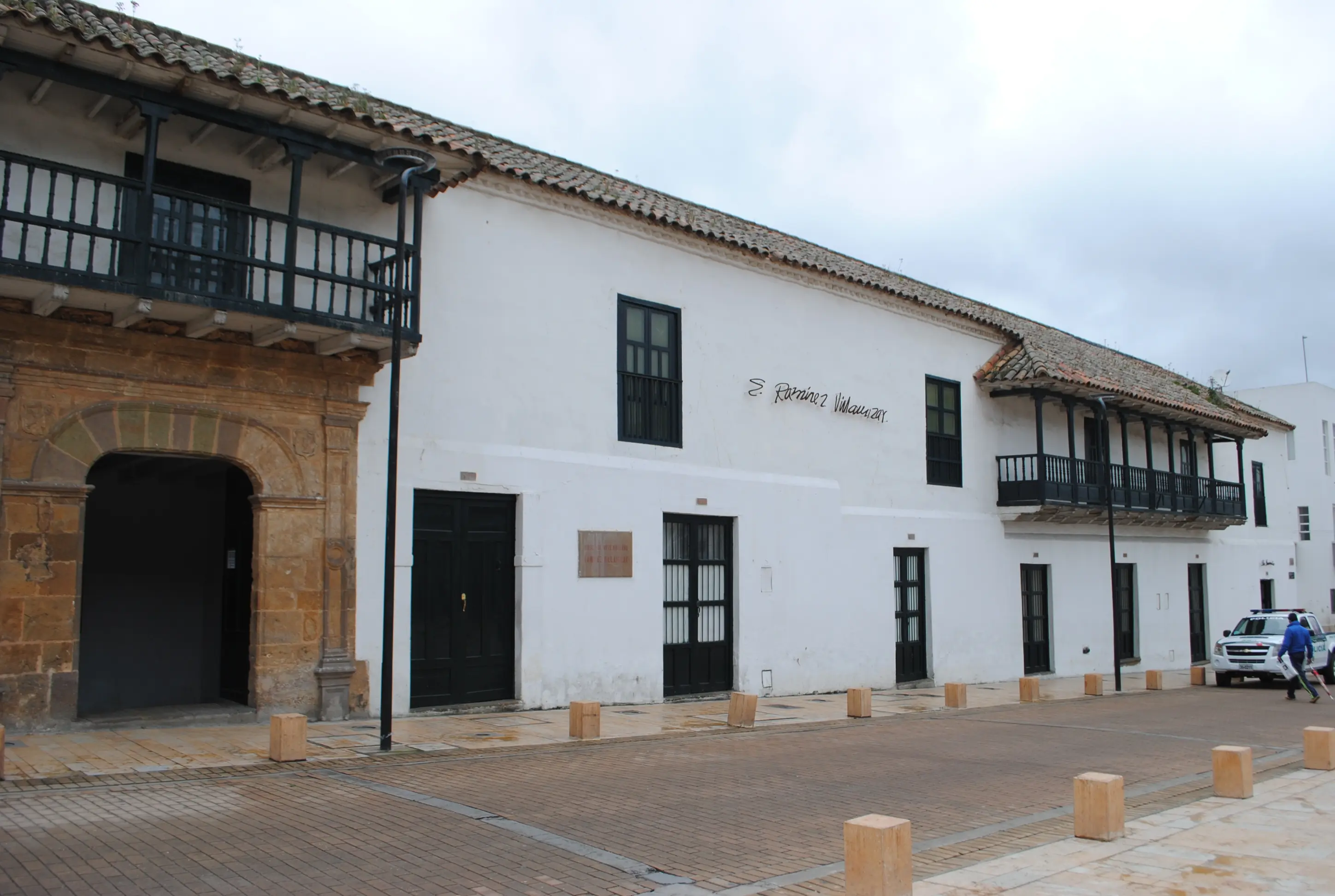
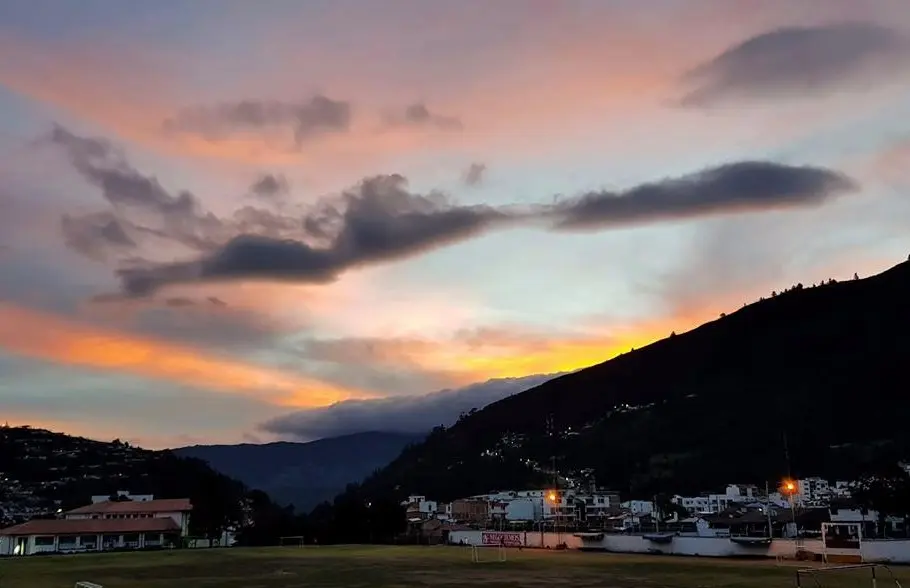
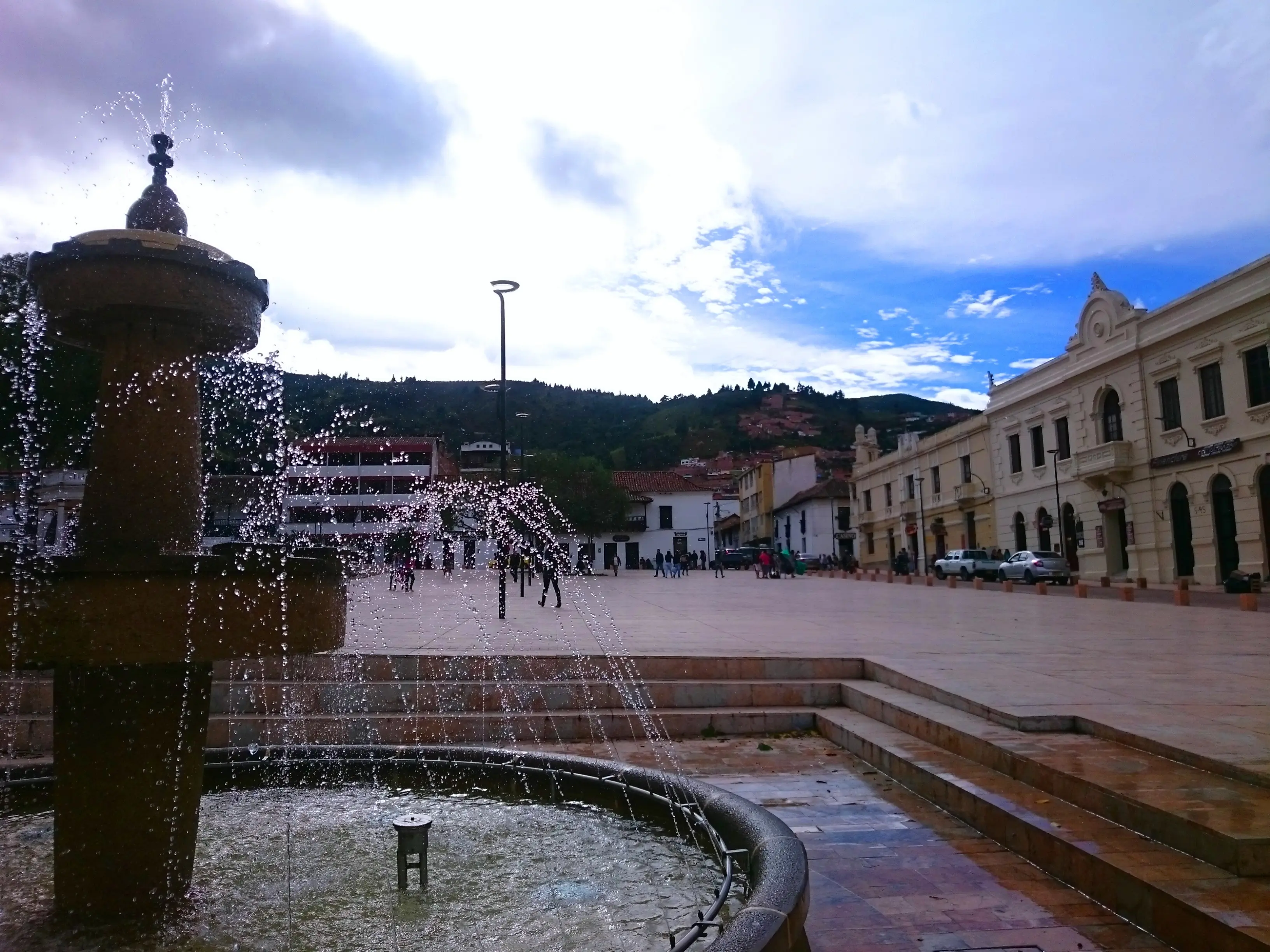
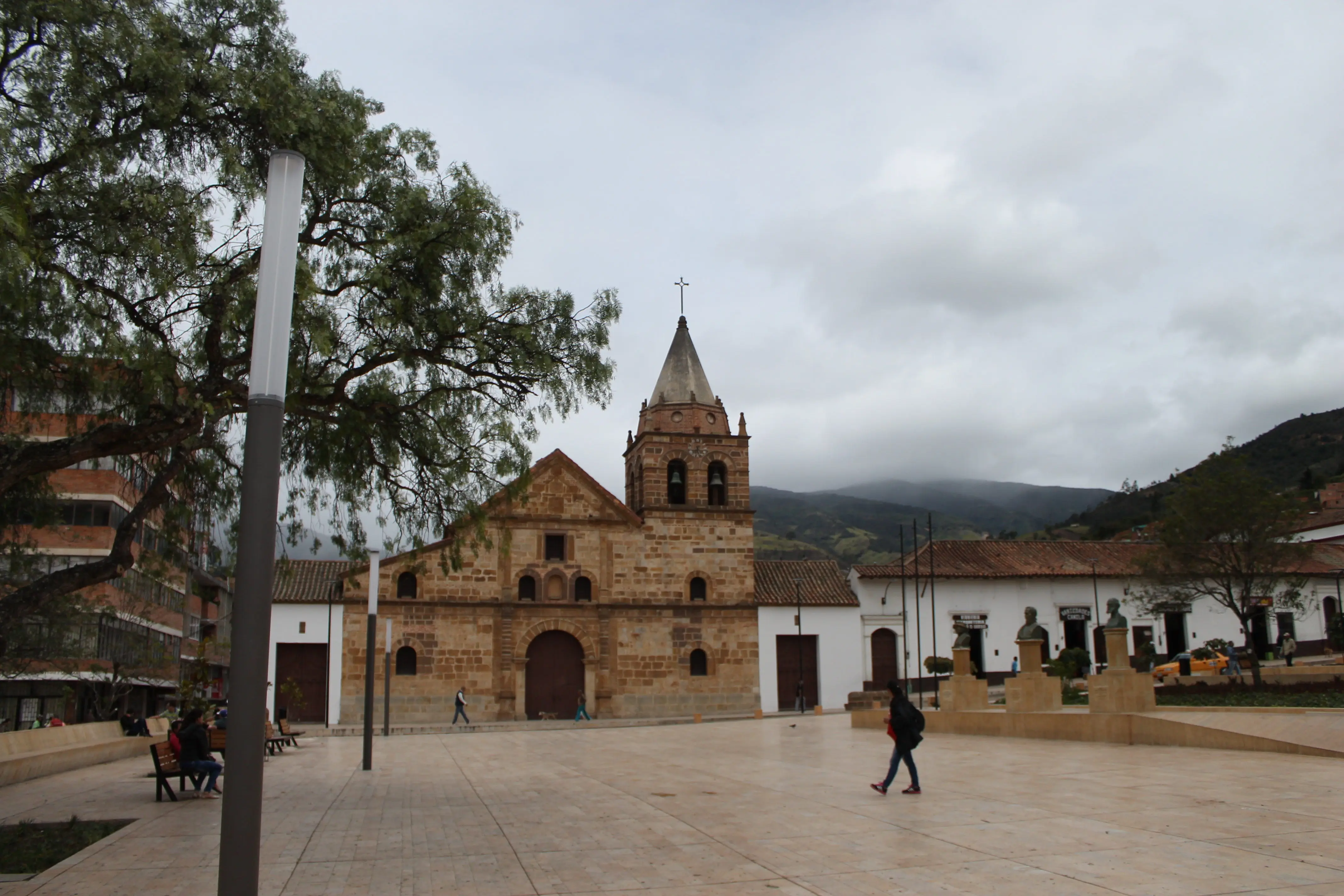

.webp)
.webp)








